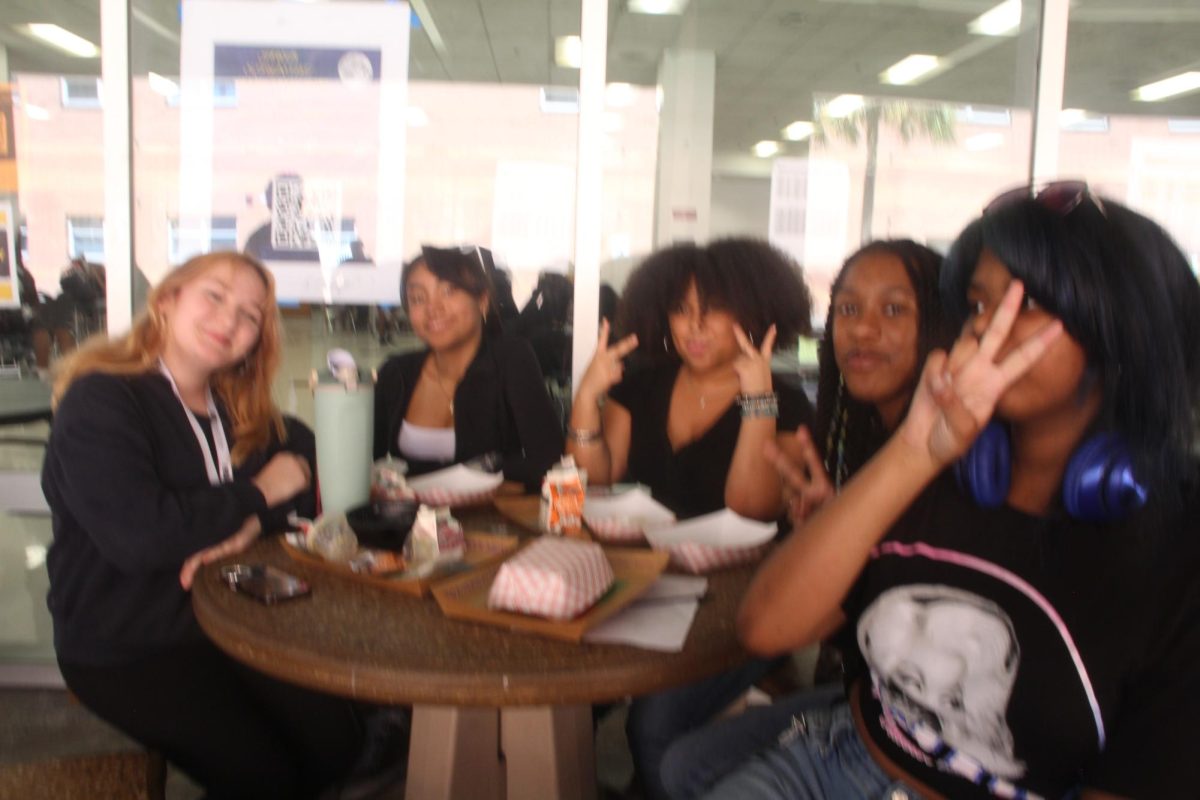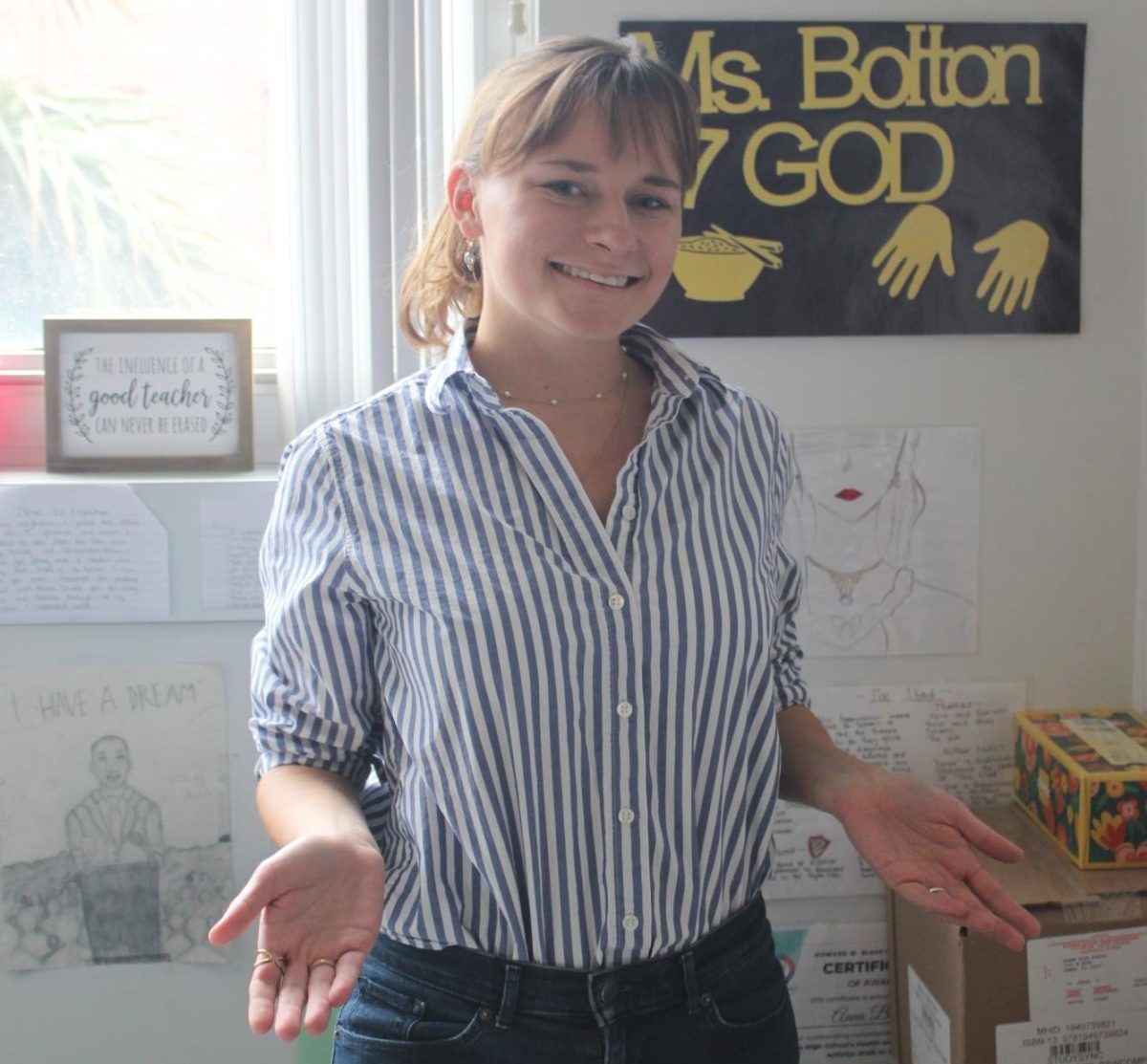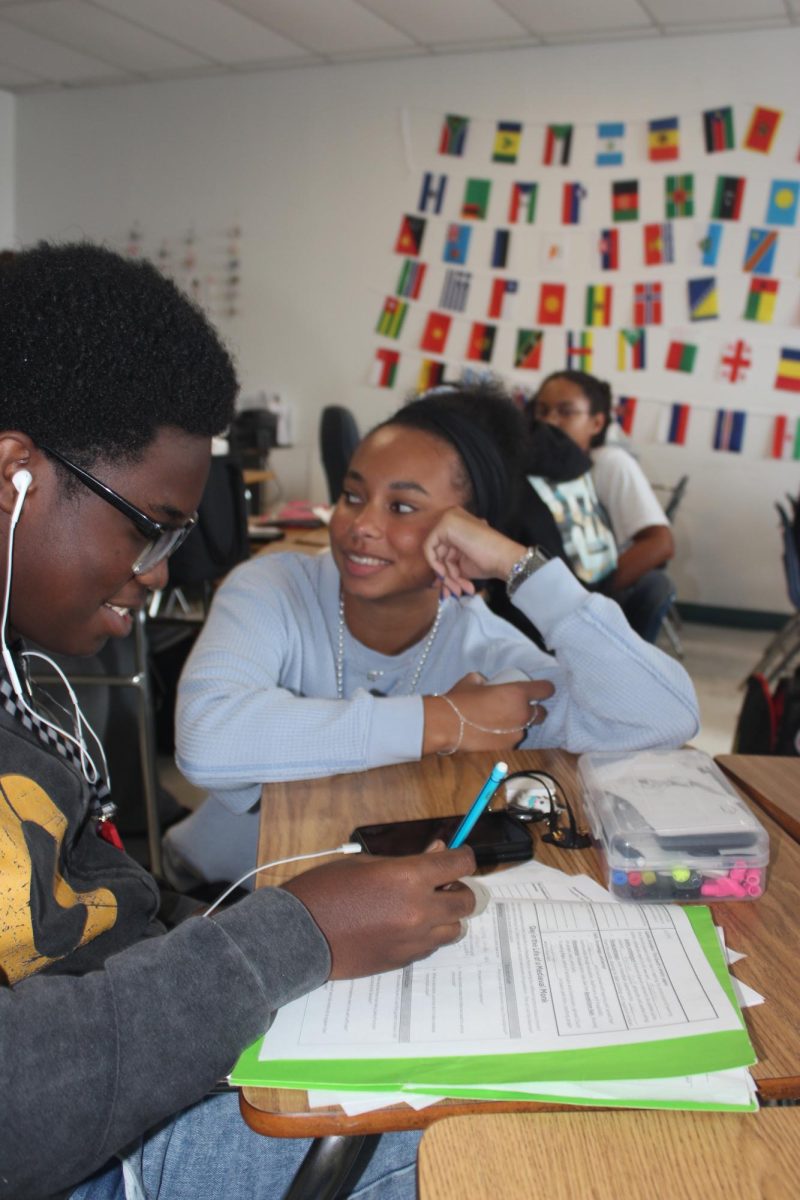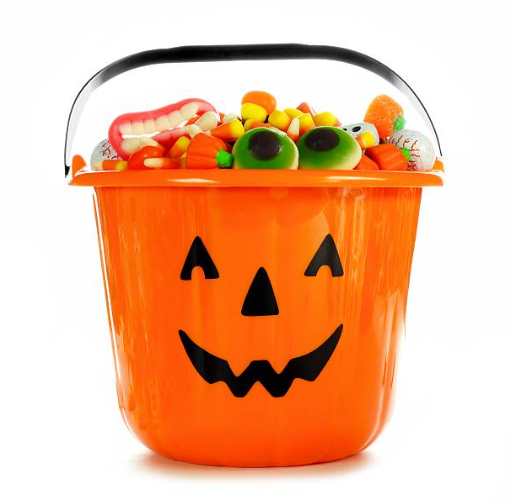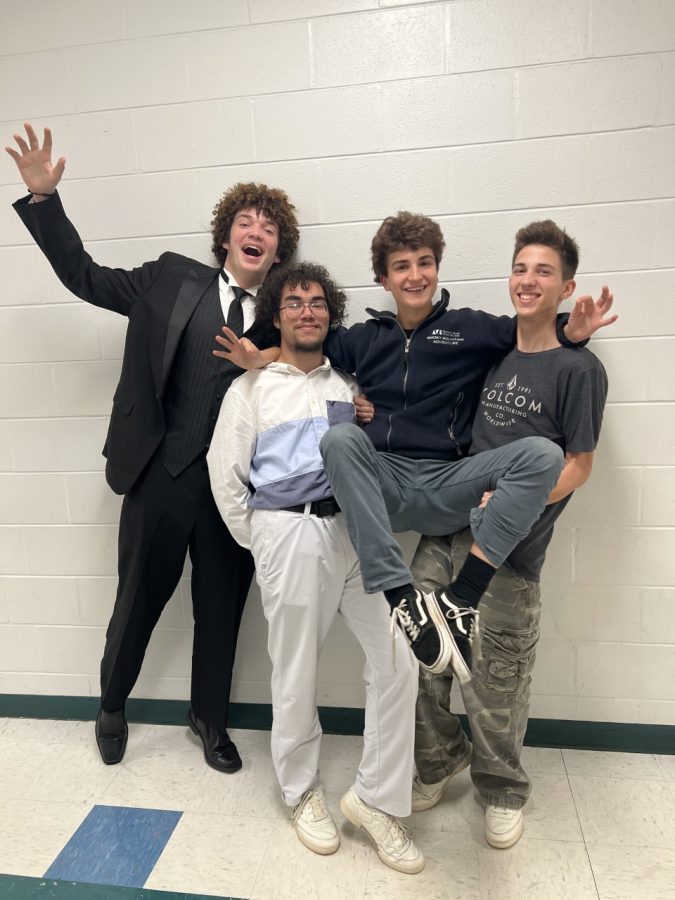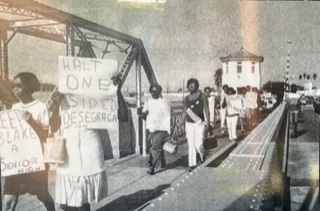Explaining Rum Rows
From 1920 to 1933, the US was under an era known as the prohibition. The prohibition was an era after the 18th amendment was ratified, officially outlawing the manufacturing and distribution of alcohol from the US. This was done because at the time, the government viewed alcohol as an addictive substance that caused violence and alcoholism, and put in prohibition to prevent alcoholism and make people less violent. Unfortunately for them, people got around this.
Some people called “moonshiners” found ways to make their own alcohol and started producing it en masse, very illegally. Many moonshiners were pretty bad at this, causing around 1,000 people to die every year from poisoning from the tainted alcohol and even more to be paralyzed. But many were successful in making it, and many of these people seeing an opportunity decided to sell and distribute it. Many were on smaller scales, local businesses where it would be much harder for police to discover them, but others did this on a larger scale. Some companies had large, long routes that they took alcohol on to run a business.
They had two main methods of distribution, bootlegging and rum running. Bootlegging was the process of transporting alcohol over land. This was much more widely used across the US because the majority of the country is landlocked. However, in coastal states, primarily those along the east coast, it was more common that it would be transported through rum running. Run running was the process of transporting alcohol over water using lines of ships, this was heavily dependent on whether a city had enough ports and was close enough to other land, however.
There were two main rum running locations, Canada and The Bahamas. Canadian rum runners often produced Whiskey and traded with Northern and Northeastern US cities. Chicago and New York were the largest buyers of these products. The Bahamas mainly had connections to Florida, which also happens to be the state with the most rum rows.
In the business of rum running, those that transported it were known as rum runners. One of the more famous rum runners was Bill McCoy, who was mainly famous for popularizing the “rum line.” The rum line was a line about 3 miles off the coast of the US, which was about where the prohibition jurisdiction ended, where alcohol was traded between ships. This practice went on for years until the coast guard discovered it in the late 1920s, making trades happen farther inland.
The prohibition mainly ended in 1933 because the government saw taxes on alcohol products as a good source of income for the nation during The Great Depression. It also ended because making alcohol illegal gave crime syndicates a very lucrative source of business. Bootlegging and Rum Running were financing the mob and allowing them to grow, especially in major cities like Chicago and New York. Alcohol trade left a lasting impact on crime in this area that would take decades to quell. And as far as violence goes, making alcohol illegal made people who were trading it violent to control it. Rum rows and bootlegging “companies” were
kept afloat through murder, and once it had been distributed many people commit violent crimes to keep what they had.
Rum rows were a complex system of trade and crime that contributed toward the general census that the prohibition was, in almost every regard, a failure.
Your donation will support the student journalists of Blake High School. Your contribution will allow us to purchase equipment and cover our annual website hosting costs.

